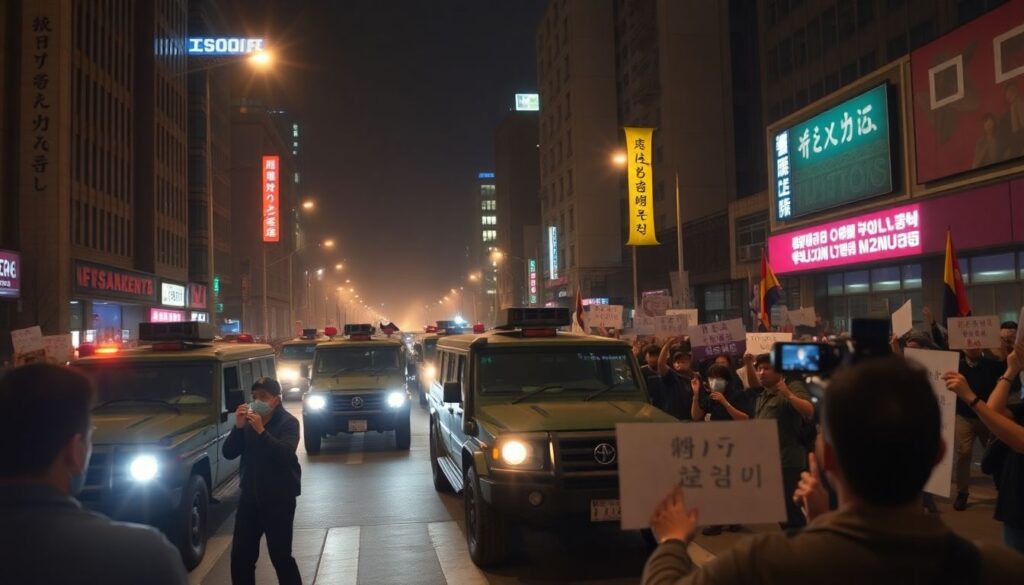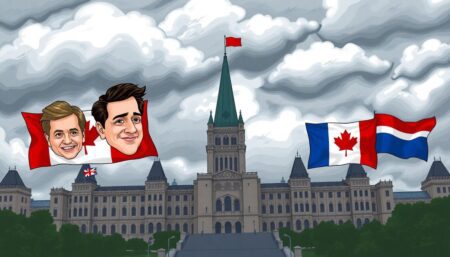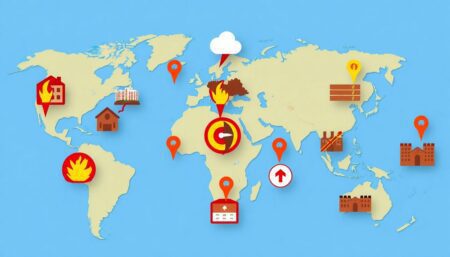Welcome to our in-depth exploration of a night that shook South Korea to its core. In this article, we’ll delve into the dramatic events of December 3, 2023, when President Yoon Suk Yeol declared martial law, plunging the country into chaos. Join us as we unravel the mysteries and uncover the truth behind this extraordinary night.
Unraveling the dramatic events that led to South Korea’s worst political crisis in decades.
The neon lights of Seoul flicker anxiously, reflecting off the helmets of soldiers marching through the streets. The air is thick with tension and the echoes of shouted slogans, as protesters clutching signs jostle against the wave of military might. The clatter of armored vehicles drowns out the usual symphony of the city’s nightlife, their caterpillar tracks leaving imprints on the asphalt, a stark contrast to the typically bustling streets now transformed into a stage of confrontation.
The night is electric, not with the usual buzz of Seoul’s vibrant energy, but with the spark of dissent. Citizens, their faces illuminated by the harsh glow of news cameras, hold aloft signs scrawled with passionate pleas and demands. Their voices merge into a roar, a collective outcry against the military presence. The news crews, always hungry for the next big story, capture the drama as it unfolds, their cameras panning across the chaotic scene.
The flash of cameras and the blaze of streetlights paint a surreal tableau, as the protests show no signs of abating. Soldiers, their expressions inscrutable, stand their ground, a silent counterpoint to the clamor of the crowd. The night is alive, a whirlwind of noise and motion, as the city grapples with the reality of its own unrest.
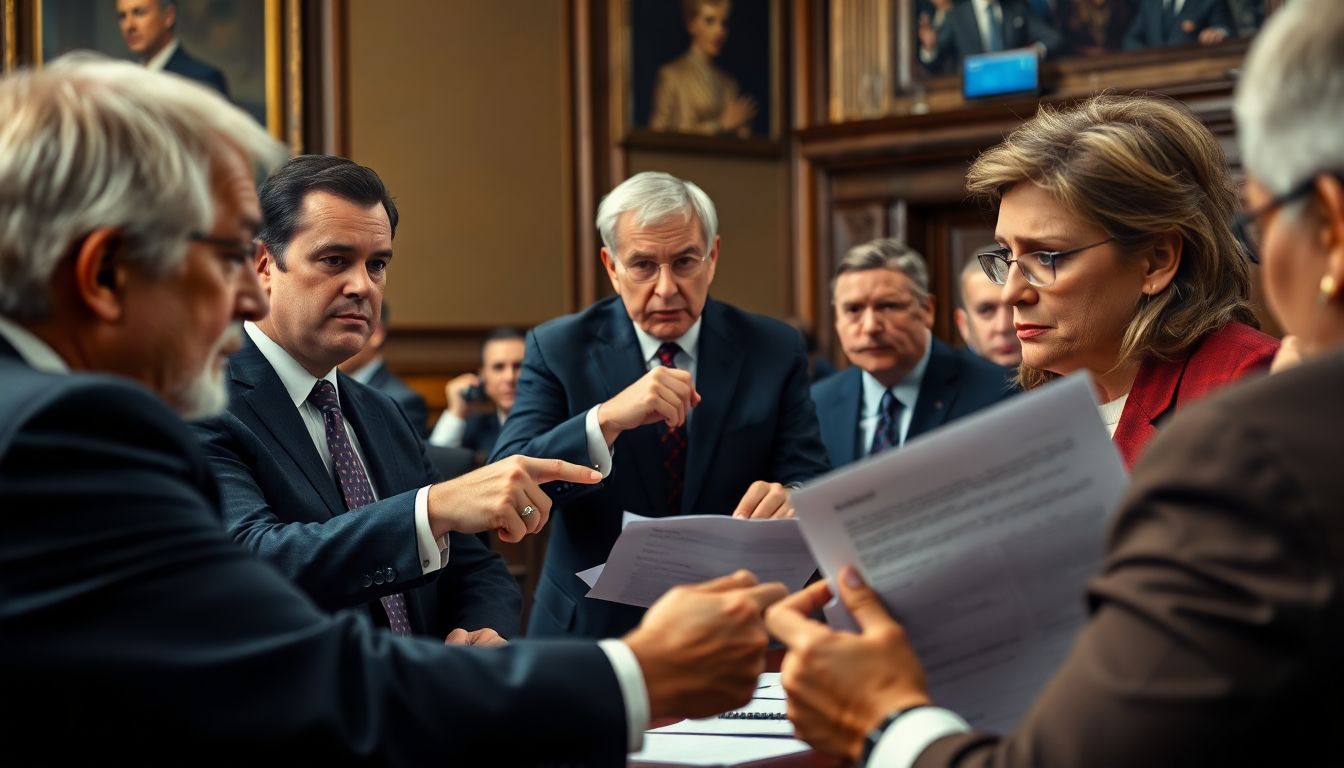
The Ominous Signs
In the weeks leading up to the speculated declaration, several early warnings and signs began to emerge, setting the political landscape ablaze with tension. One of the most notable moves by President Yoon Suk Yeol that raised eyebrows was his controversial appointment of a high school friend as defense minister. This decision was met with a mix of incredulity and concern from opposition lawmakers, who questioned the appointee’s qualifications and feared the potential for cronyism within the highest echelons of South Korea’s military leadership.
The political landscape was already fraught with growing tensions, as opposition lawmakers became increasingly vocal about what they saw as President Yoon’s authoritarian tendencies. Several key moments stood out:
- The sudden replacement of several high-ranking military officials with individuals known for their loyalty to the president.
- The introduction of new legislation that would expand the government’s surveillance powers.
- The dismissal of government critics from public institutions.
Opposition lawmakers began to connect the dots, seeing a pattern that pointed towards a potential power grab. They argued that these actions, coupled with President Yoon’s hardline stance on national security, were setting the stage for a more autocratic form of governance. The appointment of a close personal friend to such a critical position only served to reinforce their fears.
As the speculation around a potential declaration of martial law grew more intense, so too did the pushback from the opposition. They began to rally support, both within the National Assembly and among the public, presenting a united front against what they saw as an imminent threat to South Korea’s democratic institutions. The political divide deepened, with protests erupting both for and against the president, setting the stage for a potential showdown between the executive and the legislature.
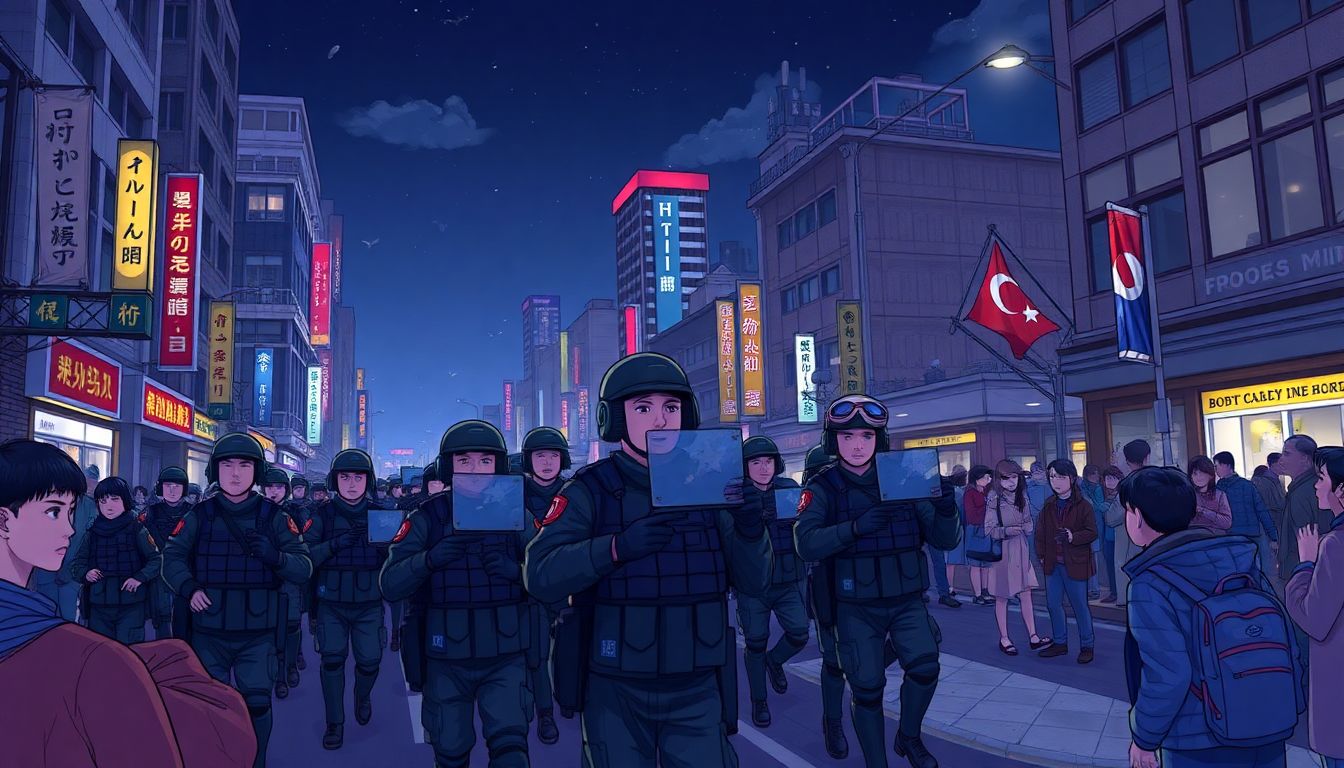
The Night of Dec. 3
The night of December 3, 2023, began with an unprecedented announcement that would shake the very foundations of the nation. At precisely 8 PM, President Yoon addressed the country, his voice echoing through every television, radio, and live stream. In a stern, measured tone, he declared martial law, citing escalating tensions and the need to maintain order and security. The declaration, officially known as Decree 2023-ML-01, was as swift as it was unexpected, leaving citizens and political figures alike in a state of shock and disbelief.
Immediately following the president’s address, the military machinery whirred into action. Troops, clad in full combat gear, began to deploy across major cities. Key strategic points were secured with military precision:
- Airports and train stations were locked down, with armed personnel monitoring every entry and exit point.
- Government buildings were fortified, with barriers and checkpoints established to control access.
- Media outlets were occupied, ensuring that only state-approved information reached the public.
The deployment was a chilling display of efficiency, clearly planned and coordinated well in advance. The streets, usually bustling with nightlife, fell eerily silent as citizens retreated indoors, uncertain of what the night would bring.
Meanwhile, the National Assembly, the heart of the nation’s legislative power, erupted in chaos. Members from across the political spectrum voiced their outrage, creating a cacophony of dissent that echoed through the hallowed halls. Speaker Park, known for his calm demeanor, struggled to maintain order as members demanded an explanation. The air was electric, charged with a mix of fear, anger, and disbelief. In a hastily convened emergency session, the Assembly began to dissect the president’s decree, questioning its constitutionality and the dire implications it held for the nation’s democracy.
In a remarkable display of unity, the National Assembly swiftly moved to reject the martial law decree. The vote was nearly unanimous, with only a handful of members from the president’s party abstaining. The message was clear: the legislature would not stand idly by as the executive branch overstepped its bounds. Speaker Park, his voice steady and resolved, announced the Assembly’s decision, stressing that the nation’s laws and constitution must be upheld, even in times of crisis. The rejection was a bold move, setting the stage for a tense standoff between the president and the legislature, as the nation held its breath, waiting to see who would blink first.
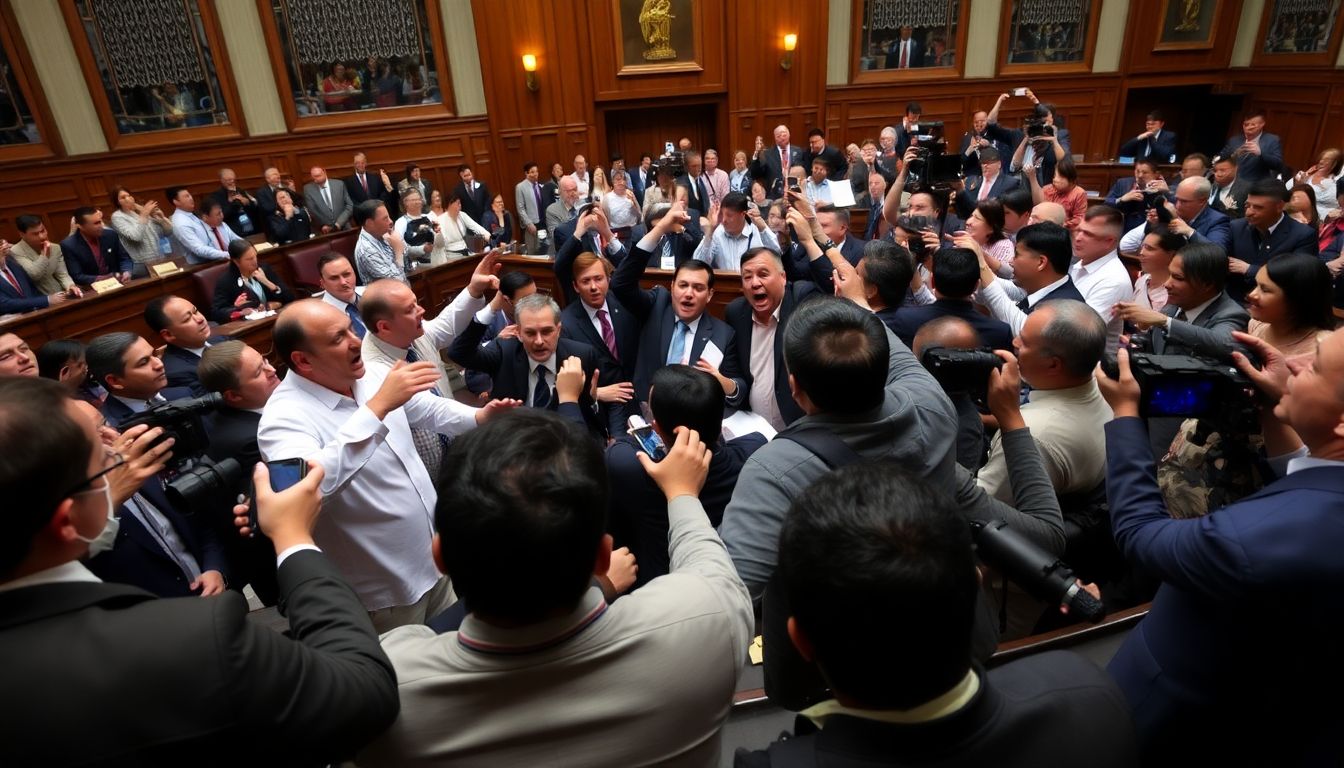
The Aftermath
In the chaotic wake of the martial law declaration, the nation was thrown into a maelstrom of political turmoil. The first domino to fall was President Yoon himself, as calls for his impeachment echoed through the halls of power. Lawmakers, with a sense of urgency and duty, swiftly moved to impeach Yoon, a historic decision that sent shockwaves through the country. The vote was a decisive rebuke of Yoon’s power grab, with a resounding majority of legislators voting in favor of his removal from office.
Simultaneously, a criminal investigation was launched to uncover the depth and breadth of Yoon’s scheme. Investigators, with dogged determination, began to unravel the web of deceit and manipulation that led to the declaration of martial law. The first cracks in Yoon’s armor appeared with the discovery of classified documents detailing his plans for a military takeover.
As the investigation deepened, so did the political turmoil. Street protests erupted, with citizens demanding answers and accountability. The political landscape was fractured, with some of Yoon’s former allies turning against him, while others remained steadfast in their support, adding fuel to the fire of uncertainty.
Central to the unfolding drama were the riveting testimonies and bombshell revelations from key figures in Yoon’s administration. One by one, they took the stand to testify against their former leader, revealing the chilling extent of his plan. Among the most damning evidence were:
- Recordings of secret meetings where Yoon discussed his plans for a takeover.
- Orders to military commanders to deploy troops to key locations.
- Communications with foreign entities seeking support for his regime.
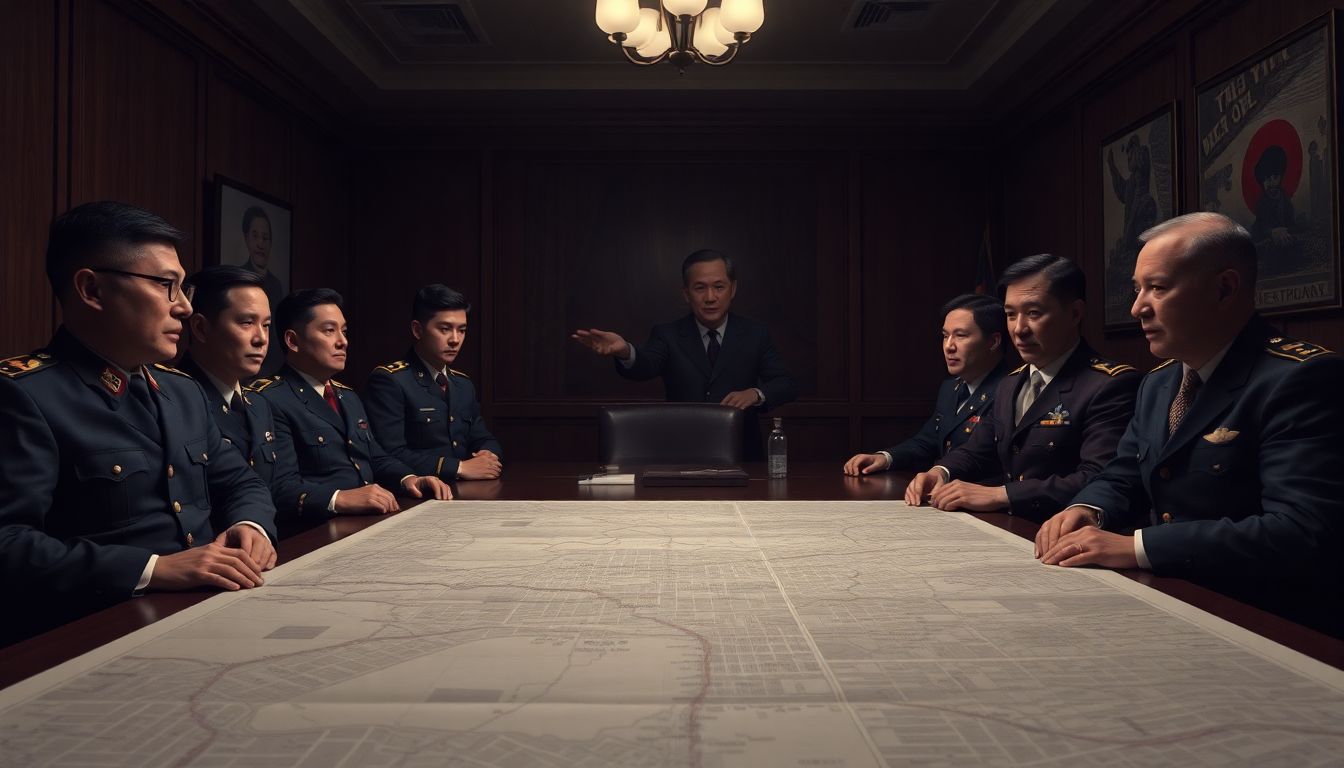
The Motives and Conspiracies
In the shadows of the presidential palace, Yoon’s decision to declare martial law was not a spontaneous act of desperation, but a calculated move rooted in a web of political intrigue and personal convictions. At the heart of his decision lay a deep-seated concern about election fraud, a specter that had haunted him since his narrow victory. Yoon was convinced that the opposition was manipulating the electoral process, and martial law, in his mind, was the only way to ensure the integrity of the upcoming elections.
Yoon’s loyalists played a pivotal role in fueling his beliefs and supporting his decision. They were a mixed bag of military officers, high-ranking officials, and political allies who shared Yoon’s fears about election fraud and were eager to secure their positions in the new regime. This inner circle worked tirelessly, whispering warnings and presenting cherry-picked evidence, reinforcing Yoon’s conviction that drastic measures were necessary.
The months leading up to the declaration of martial law were marked by meticulous planning and a relentless propaganda campaign. Yoon’s loyalists orchestrated a series of events designed to justify the impending power grab. They spun conspiracy theories about foreign interference and domestic subversion, creating a climate of fear and uncertainty. Some of the most potent narratives included:
- Allegations of vote-rigging machinery imported from neighboring countries
- Claims of opposition candidates colluding with foreign agents to destabilize the nation
- Stories of planned sabotage by ‘deep state’ operatives within the government
FAQ
What prompted President Yoon to declare martial law?
How did the National Assembly respond to the martial law declaration?
What role did Defense Minister Kim Yong-hyun play in the events?
What were the consequences of the martial law declaration?
What steps are being taken to investigate the events of Dec. 3?
- The National Assembly has convened hearings to gather testimony about the events.
- Investigators have been questioning key officials.
- The South Korean press has obtained witness statements to piece together the accounts.



